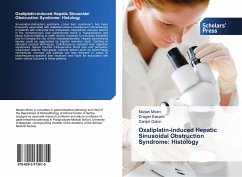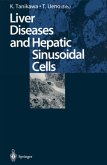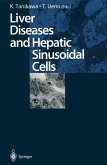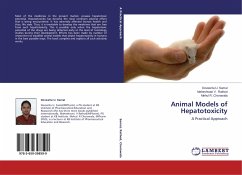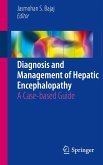Sinusoidal obstruction syndrome ("blue liver syndrome") has been frequently associated with oxaliplatin-based neoadjuvant chemotherapy in patients with colorectal liver metastasis. Hepatotoxic vascular lesions in the nontumourous liver parenchyma result in hypoperfusion and tissue hypoxia leading to lower tumour response to oncologic treatment and to increase the risk of liver metastasectomies. Hepatic parenchyma injuries could be aggravated by hepatic resection itself. Contrary to standard surgical techniques, radiofrequency assisted liver resection significantly reduce harmful intraoperative blood loss and perfusion-reperfusion effects. High-grade vascular lesions such as hemorrhagic centrilobular necrosis and peliosis are less frequent in cases of radiofrequency-assisted liver recetions and might be associated with better clinical outcome in these patients.
Hinweis: Dieser Artikel kann nur an eine deutsche Lieferadresse ausgeliefert werden.
Hinweis: Dieser Artikel kann nur an eine deutsche Lieferadresse ausgeliefert werden.

